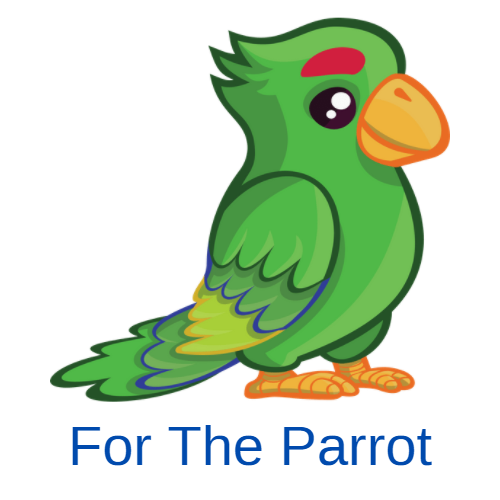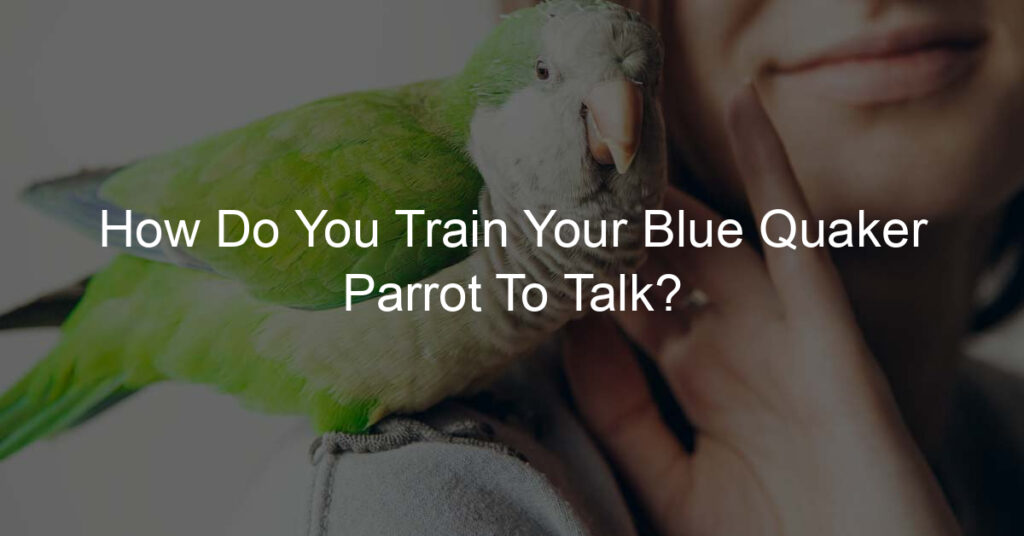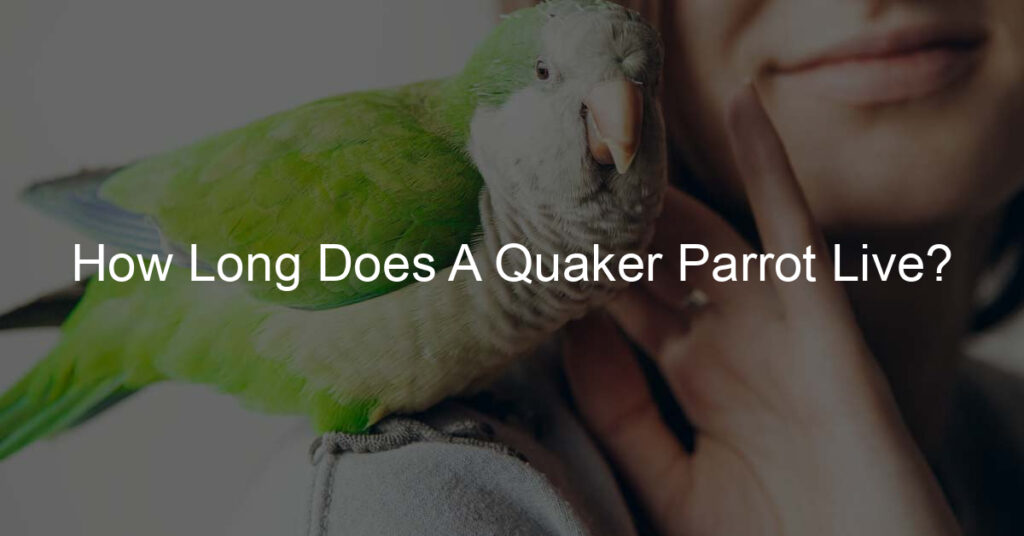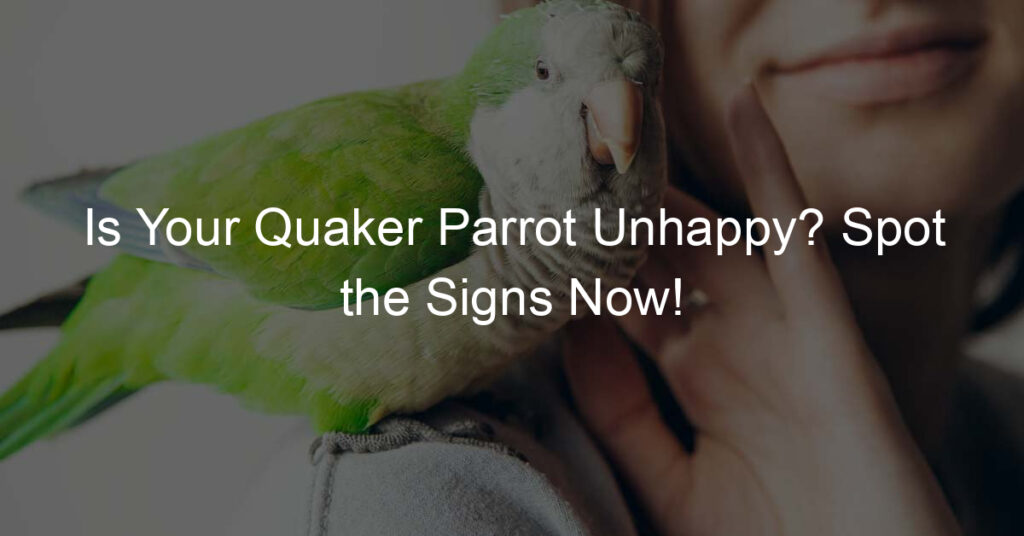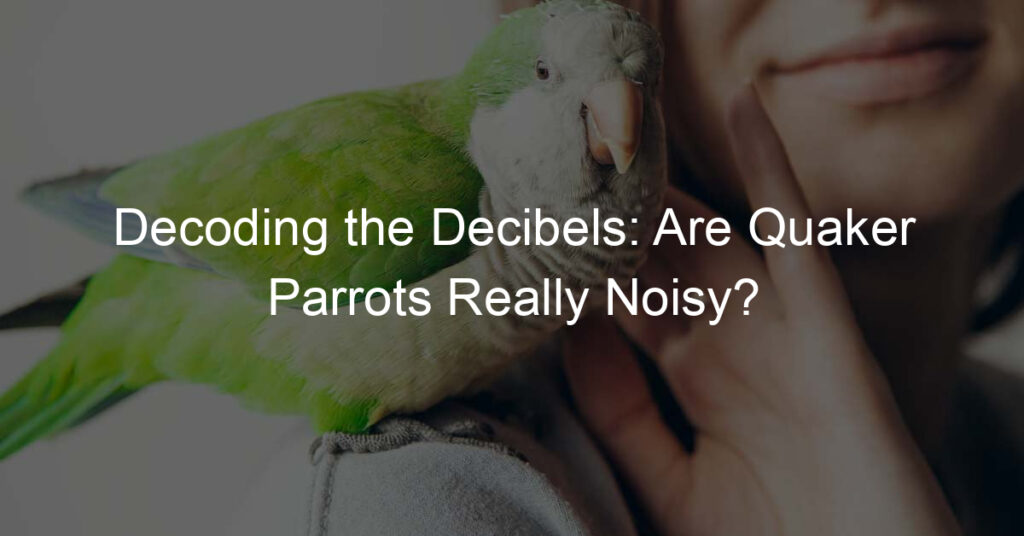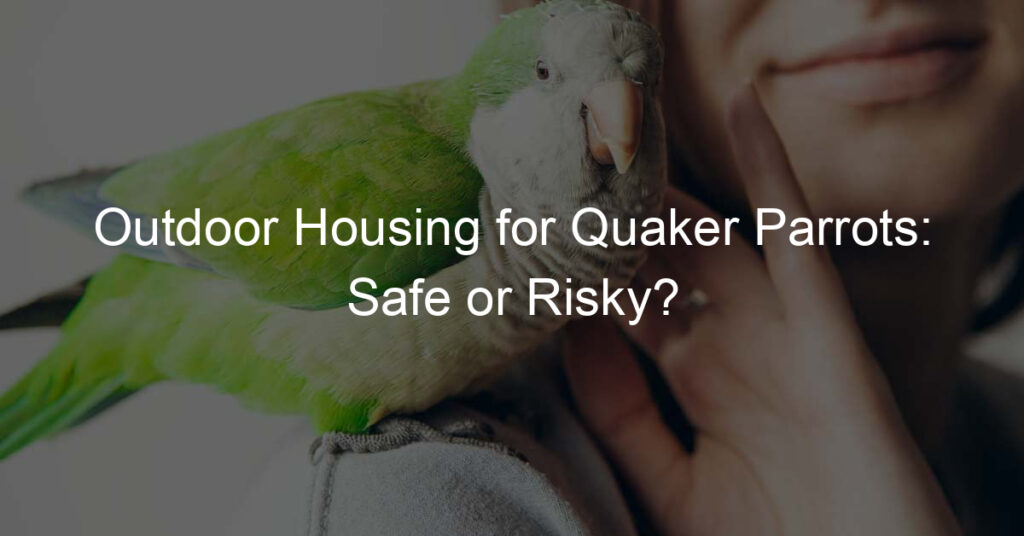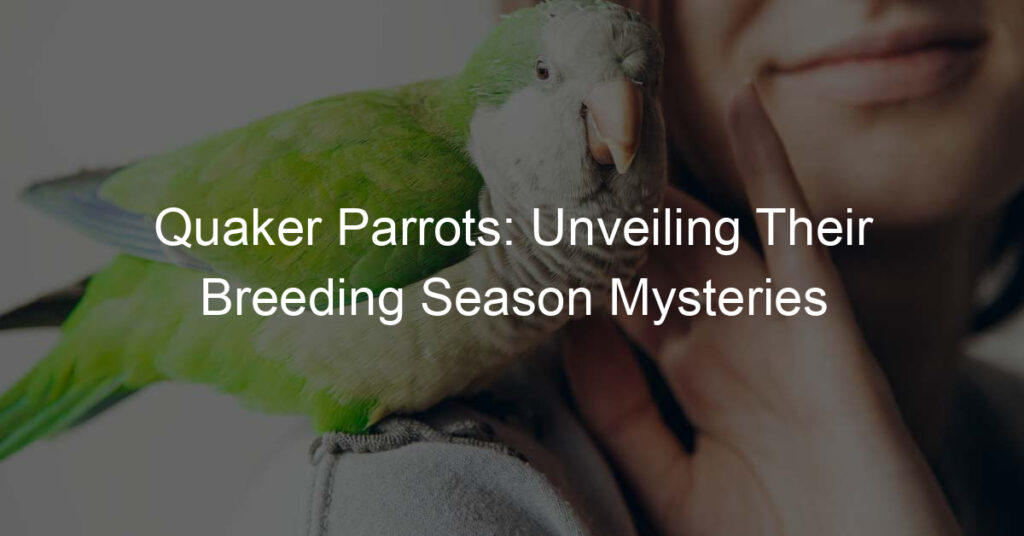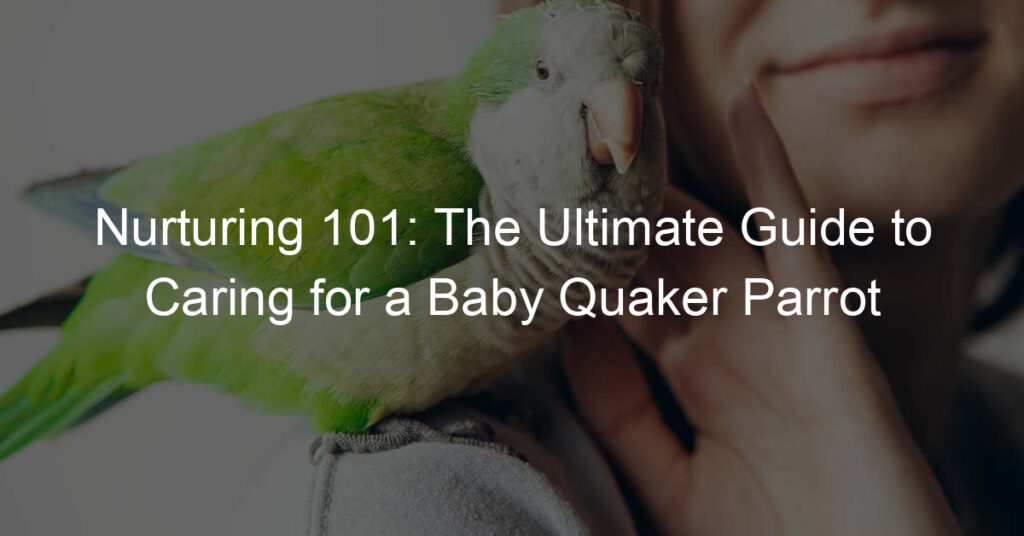Many people think that they can just throw a parrot in a cage, and it will naturally learn to talk. Unfortunately, this is not the case with Blue Quaker Parrots. Training your Blue Quaker Parrot to talk requires patience, consistency, and a good understanding of its vocal range.
The first step in training your Blue Quaker Parrot to talk is to provide them with an environment that encourages communication. This means speaking directly to them often and using an encouraging tone of voice when doing so.
The more you interact with your bird verbally, the better your chance of getting it talking. For example, if you get its attention by saying its name or making another sound, make sure to praise it when it responds positively, such as turning its head, chirping in response, or mimicking a word.
In addition to verbal interaction, you can also use toys to help your parrot learn words. Parrots naturally love to play, and it’s an excellent opportunity for them to practice their language skills.
Choose educational toys that feature pictures or words so the bird can associate what they’re seeing with the sounds they are making.
How Long Does It Take To Teach a Blue Quaker Parrot To Talk?
The great thing about Blue Quaker parrots is that they are highly intelligent creatures and can learn how to talk.
But the question is, how long does it take?
Unfortunately, there’s no one-size-fits-all answer for this, as every bird’s learning rate will differ. It can also depend on your teaching methods and consistency with training sessions.
It usually takes between 8 weeks to 4 months to see results when you first begin teaching a Blue Quaker parrot basic words or phrases.
However, this can vary depending on each bird. After that initial period, it could then take a few more months until your feathered friend becomes comfortable using new words or sentences in conversations.
The best way to teach a Blue Quaker parrot how to talk is by giving them regular training sessions. Keeping these consistent is essential, as this will help your bird become comfortable with the sounds and words you use during the sessions.
For example, if you want your Blue Quaker parrot to learn to say ‘hello’, you should start by saying it in a calm and gentle tone before repeating the word repeatedly.
Be sure to give them lots of verbal praise throughout the process (and even treats), as this will encourage them and make learning more fun for your feathered friend!
At What Age Can You Teach a Blue Quaker Parrot To Talk?
Teaching a Blue Quaker Parrot to talk is possible, but the best time for effective training is between 6 and 12 months of age. After this period, their ability to imitate words and sounds diminishes.
In addition, training your parrot should be done in an environment they are familiar with – such as inside the home or garden – so that they don’t feel scared or overwhelmed.
When teaching a Blue Quaker Parrot to talk, it’s important to remember that each bird is different. Some may learn quickly, while others will take longer.
Patience and consistency will be key throughout the teaching process. Start by introducing one word at a time, and be sure to give your parrot lots of positive reinforcement when they say it correctly or make progress.
Don’t forget to have fun and bond with your bird during this time – they will likely enjoy the experience more if it feels like playtime!
Be aware that even after months of training, your parrot may not be able to mimic words perfectly. Yet, this doesn’t mean you’ve failed simply because your parrot’s natural vocalization skills are limited.
How Often Should I Practice Talking With My Blue Quaker Parrot?
When it comes to teaching your blue quaker parrot to talk, consistency is key!
The frequency at which you practice talking with your bird plays a big role in the rate of their language development. Just like humans learning a new language, repetition is necessary to learn and remember words and phrases.
Experts suggest that you start by talking to your bird for five minutes per day, twice a day. This will help get them used to hearing your voice, as well as give them plenty of practice time so that they can begin piecing words together.
As they become more comfortable communicating with you, gradually increase the amount of time each day dedicated to speaking for them to build on their language skills.
Are There Any Special Tips or Tricks That Help Accelerate the Process of Teaching a Blue Quaker Parrot Language?
When teaching a Blue Quaker Parrot language, there are a few tips and tricks that can help make the process much faster. One of the most important is to ensure that your bird is adequately socialized and exposed to as many different people and situations as possible.
Socialization helps your parrot learn to recognize different voices, making it easier for them to pick up new words.
Another tip is to use repetition when introducing new words or phrases. For example, when speaking with your parrot, repeat the same word multiple times in quick succession until you notice the parrot repeating back what you say.
This will generate a stronger association between the word and its meaning in their mind, which can help them learn the language faster.
You can also use props to help teach new words. For instance, you can show your parrot a toy and say the word “toy” each time you present it. This will give them additional context for understanding the meaning of the word.
Do Male or Female Blue Quaker Parrots Talk More?
Blue Quaker parrots, also known as monk parakeets, are social birds that love to mimic sounds and may even learn to talk. But do male or female parrots typically have better talking skills?
The truth is that it’s difficult to determine whether one gender of Blue Quaker parrot talks better than the other.
While some owners report that their male parrot is a terrific talker, others may say the same about their female bird. Ultimately, each bird is unique and will have different vocal abilities regardless of its sex.
In general, if you want your Blue Quaker parrot to become a good talker, it’s important to ensure they’re getting enough stimulation. Provide plenty of mental and physical activities for your bird, including toys, training sessions, and interaction with family members.
As you give your parrot more opportunities to hear different words spoken in various tones, it will become more vocal.
You may also need to invest some extra time teaching your Blue Quaker parrot how to talk. Start by repeating simple commands or phrases during training sessions but use a patient and encouraging tone.
If the parrot mimics the word correctly, reward them with a treat or verbal praise as an incentive! Your parrot will eventually learn to say specific words with enough repetition and positive reinforcement.
The best way to figure out if one gender of Blue Quaker parrot is better at talking than the other is to get your hands on both a male and female bird.
In conclusion,
It’s really up to each Blue Quaker parrot when it comes to talking. The best thing you can do for your bird creates is a treatment where they feel comfortable enough to express themselves through sound.
With enough patience and dedication, you may find yourself with a chatterbox in no time!
